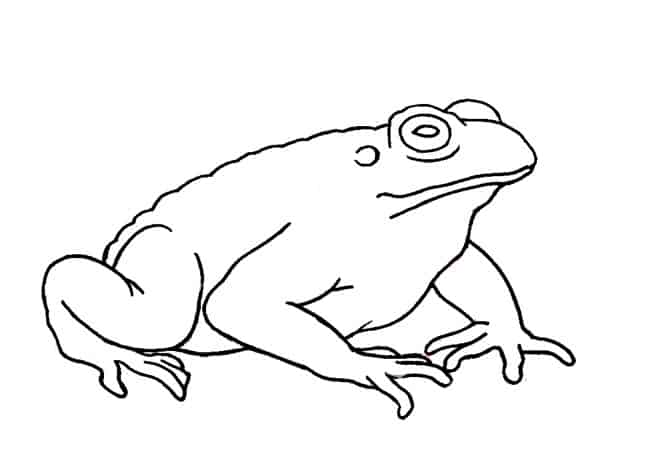Probability probabilities combined mathemania
Table of Contents
Table of Contents
If you’re like most people, the thought of drawing a tree diagram for probability may seem daunting. But fear not, it’s not as complex as it may appear at first glance. By following a few simple steps, you’ll be able to draw a tree diagram for probability with ease.
When it comes to drawing a tree diagram for probability, some common pain points may include not knowing where to start or feeling overwhelmed by the complexity of the diagram. But by breaking down the diagram into manageable parts and taking it step by step, you can overcome these obstacles.
The first step in drawing a tree diagram for probability is to identify the event that you want to calculate the probability for. From there, you can list out all of the possible outcomes of that event and create branches for each outcome. Continue branching out until you have accounted for all possible outcomes. Once you have the branches in place, you can add probabilities to each branch.
In summary, drawing a tree diagram for probability involves identifying the event, listing out possible outcomes, creating branches for each outcome, and adding probabilities to each branch. By breaking down the diagram into manageable parts, it becomes much less daunting.
How to Draw a Tree Diagram for Probability: An Example
Let’s say you’re trying to calculate the probability of flipping two coins and getting at least one heads. Start by listing out all possible outcomes: heads-heads, heads-tails, tails-heads, and tails-tails. From there, create branches for each outcome. The first level of branches will be labeled “heads” or “tails”, representing the outcome of the first coin flip. The second level of branches will be labeled “heads” or “tails”, representing the outcome of the second coin flip. Each branch will have a probability of 0.5, since there are two equally likely outcomes for each flip.
 Now that we have the tree diagram in place, we can easily calculate the probability of getting at least one heads. Simply add up the probabilities of the branches that result in at least one heads: heads-tails and tails-heads. Both of these branches have a probability of 0.5, so the total probability is 1.
Now that we have the tree diagram in place, we can easily calculate the probability of getting at least one heads. Simply add up the probabilities of the branches that result in at least one heads: heads-tails and tails-heads. Both of these branches have a probability of 0.5, so the total probability is 1.
Additional Tips for Drawing a Tree Diagram for Probability
When drawing a tree diagram for probability, there are a few additional tips that may be helpful:
Use a Scale
Make sure that the length of each branch is proportional to the probability it represents. This will help ensure that the diagram is accurate.
#### Simplify the Diagram
Depending on the complexity of the event you’re trying to calculate the probability for, the tree diagram may become quite large. To make it more manageable, try to simplify the diagram as much as possible by grouping similar outcomes together.
Practice Makes Perfect
If you’re feeling overwhelmed by the prospect of drawing a tree diagram for probability, remember that like anything else, practice makes perfect. Start with simple events and work your way up to more complex ones. Before you know it, drawing a tree diagram for probability will be second nature.
Question and Answer
Q: What is the purpose of a tree diagram for probability?
A: A tree diagram for probability is used to visualize and calculate the probabilities of complex events with multiple outcomes.
Q: Can tree diagrams only be used for two events?
A: No, tree diagrams can be used for any number of events with multiple outcomes.
Q: Do I have to include all possible outcomes in a tree diagram?
A: Yes, in order for the diagram to be accurate, it must include all possible outcomes of the event.
Q: Is a tree diagram the only way to calculate probabilities?
A: No, there are other methods for calculating probabilities, such as the multiplication rule and the addition rule.
Conclusion of How to Draw a Tree Diagram for Probability
Drawing a tree diagram for probability may seem intimidating at first, but by taking it step by step and breaking down the diagram into manageable parts, it becomes much less daunting. Identify the event, list out the possible outcomes, create branches for each outcome, and add probabilities to each branch. Remember to use a scale and simplify the diagram as much as possible, and with practice, you’ll master the art of drawing tree diagrams for probability in no time.
Gallery
Tree Diagram 2023 - Free Math Worksheets

Photo Credit by: bing.com / probability probabilities combined mathemania
Probability Tree Diagram | IGCSE At Mathematics Realm
Photo Credit by: bing.com / tree probability diagram cards draw diagrams replacement without card complete red mathematics igcse blue random chosen pick box there
Tree Diagram 2023 - Free Math Worksheets

Photo Credit by: bing.com / tree diagram math
Probability Tree-diagram With TikZ - TeX - LaTeX Stack Exchange

Photo Credit by: bing.com / tikz tree probability diagram forest earlier answer something original
Tree Diagrams ( Read ) | Probability | CK-12 Foundation
Photo Credit by: bing.com / tree probability diagrams drawer diagram draw statistics socks sock read red irvin getting there






